
Delhi12:29 AM | 28th April 2024
If one looks at the global aerospace manufacturing market, engineering services is an area where a number of big players have established operations. MRO will be an area that the government is looking to expand, and this segment will see a rise in demand for skilled resources.

Osamazaid Rehman, Associate Director, Government Relations at Honeywell, tells Education Post’s Tanay Kumar that the Avionics sector in India is important field for engineers to focus on and how they should go about getting a job in this industry,
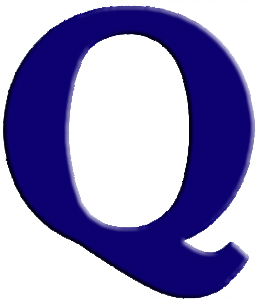
There are many considerations. First, due to the requirement of the industry and sector I am in. Working in the corporate world with a post-graduation in history does not take one very far. Second, and most foremost, it’s the desire to acquire adequate knowledge of business administration and management. Third, the institution, getting an MBA degree from IIFT, is much respected in industry circles. Fourth, the degree itself – if one looks at the course structure of the MBA in International Business, it provides a holistic composition of the ideal course for someone in the area of government relations and public policy. We had papers on international trade that touched upon geopolitics and economic relations. There are papers on economics and economic modeling which are elements of national and international trade trajectory. And lastly, one gets some of the finest teachers who are able to impart difficult subjects into absolutely naïve minds.
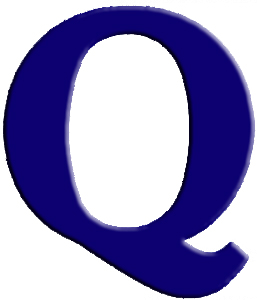
I think the answer lies in the way in which selection of students are done in many of the private MBA institutions. It is important to have a robust selection process to get the best minds. Second, the way faculties are recruited. Again, the rigors of the selections process in IIMs need to be followed in many private institutions.
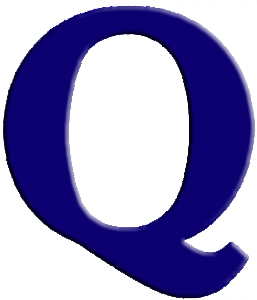
Printed and e-books are just a medium through which one reads books. One should see how the printed book, in its present form, came into being. From papyrus to codex to handwritten to printed books, there has always been advancement in the way knowledge has been transmitted. E-books are currently the most advance form of distribution of knowledge. Thus, it makes little difference how one reads books.
Personally, I prefer printed books, but that is primarily because of the generation I am born. Again, it doesn’t mean I do not prefer e-books. It’s just that what one is reading. Like for instance, I prefer reading novels on tabs, but I prefer reading dense content through printed books. For the young generation, it’s more important to encourage them to read rather than how they read.
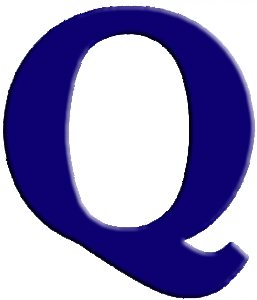
Avionics is an important field for Indian engineers to focus on. However, aviation is a multi-dimensional area and students can focus on various specialization started from aerodynamics to aircraft design, to aeronautics to fluid mechanics to aircraft propulsion, etc. What is more important to understand the aerospace market in India and what aspects the aerospace manufacturing is in demand in India.
If one looks at the global aerospace manufacturing market, engineering services is an area where a number of big players have established operations. MRO will be an area that the government is looking to expand, and this segment will see a rise in demand for skilled resources. High-end engineering and aerospace design will take some time for the Indian ecosystem; however, there are a number of Indian companies providing aerospace structures to global players which again will require quality students.
In the area of defense, the government of India is encouraging indigenous manufacturing though various policies, such as the positive indigenization list that will stop imports of various defense components. In addition, 64% of the defense budget is earmarked towards procurement from indigenous sources. These will enable the Indian aerospace and defense industry to expand, leading to demand for different jobs within this segment.
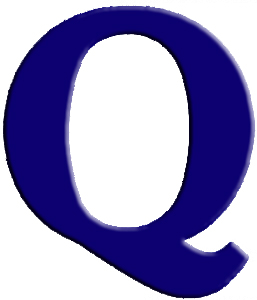
Industry-academia linkage will be important for the aerospace engineering segment to firstly design the right courses for the industry and secondly to enable students to find exposure and jobs in the sector. Some of the industry associations, like FICCI (Federation of Indian Chambers of Commerce and Industry) and CII (Confederation of Indian Industry) have been focusing on industry-academia linkages. Universities and academic institutions should be open to partner with industry. It will help in designing and tailor make courses that are suited for specific job roles in the industry as well as helping student get the right exposure.
Second, tie-up with global institutes will give credibility to the courses offered. This will help in getting the right faculty for the course, not only to teach specific subjects but design the structure of the curriculum entirely.
The Indian aerospace industry has its own uniqueness and subtleties, which is both different and distinct from the global aerospace industry. Universities and academic institutions should do a survey of the aerospace industry in India in order to understand the segment under which courses need to be designed as per the market expectations. In all these, close collaboration with industry associations and companies is a key requirement.
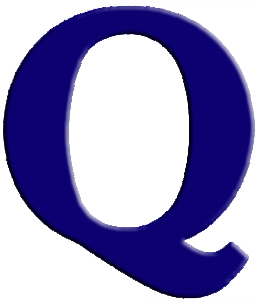
Book publishing is an art which requires specific skills. It also depends on the kind of role one aspires in the publishing industry. When it comes to editorial skills that are again areas to look for before entering the publishing working. I was part of the higher academic segment, but there is an entirely different editorial requirement for the school publishing segment. Again, when it comes to text book and competition books, the requirement of an editor is very different from that of higher academic books that goes into the libraries and institutions. If one tries to find three crucial skills as must have for someone intending to enter the book publishing domain, I think, these are:
Command over language:
No matter which language you are publishing in, the command over language is a must have skill, without which it is difficult to survive. This goes beyond just being grammatically correct. It is the style of expression that matters.
Eye for details:
One must have a niche for details. At times, this goes beyond the errors in the text to errors of design in the book. Eye for details is not just having the right references or the correct citation. These details are at time hidden in the way an argument is presentation in a book.
Understanding the author for the reader:
One should understand what the author intends to convey. Also, the editor should forecast how it could be understood by the reader. The art is to be the channel through which the expressions of the author are conveyed correctly to the audience or the readers. It’s a difficult task as it requires minimum interference in the text of the author, but ensuring its correctness and brevity.
Copyright© educationpost.in 2024 All Rights Reserved.
